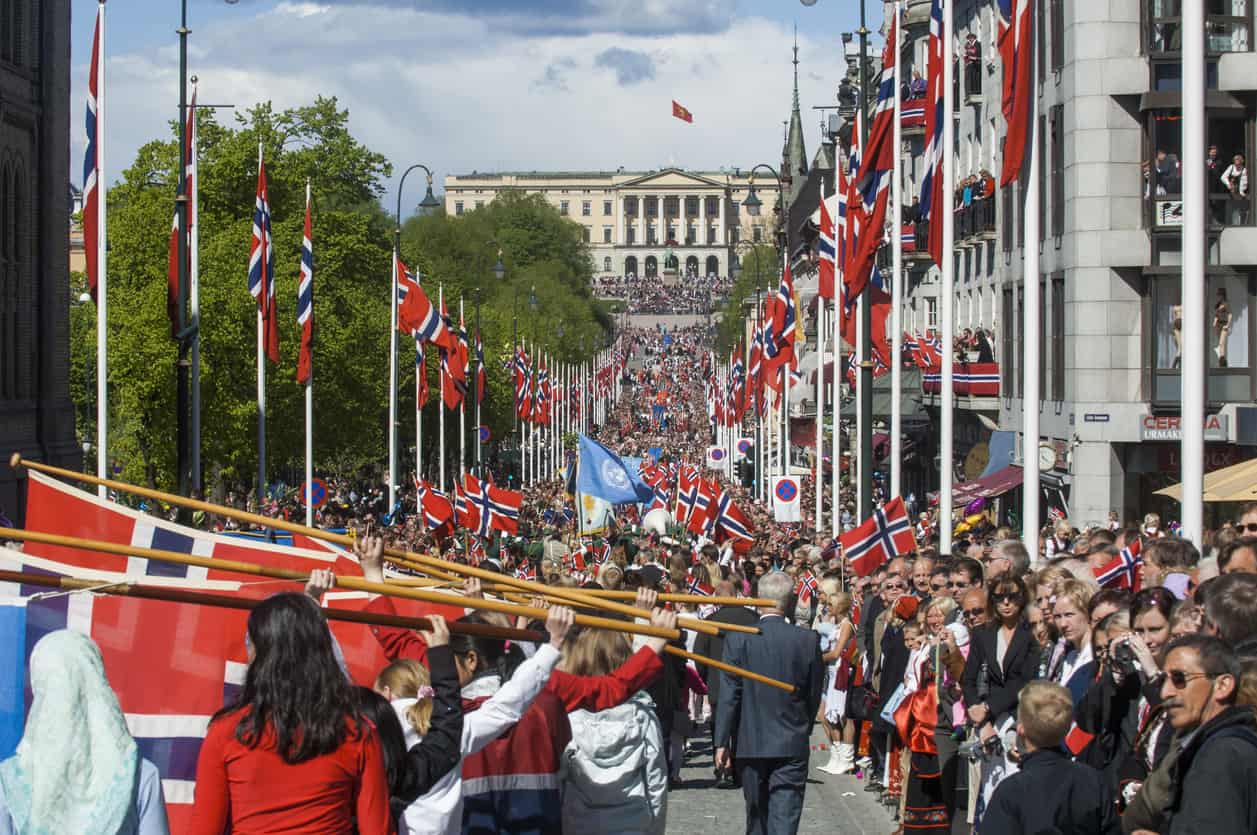In recent years in-house, active equity has been the main driver of performance at Norway’s biggest municipal pension fund NK105 billion ($11 billion) Oslo Pensjonsforsikring (OPF) which manages the NK94 billion ($10 billion) DB pension fund for employees of Oslo city council.
The active allocation, characterised by long-term, stable positions, accounts for around 10 per cent of OPF’s assets under management and has just outperformed the MSCI World ESG benchmark index by 2.67 per cent over the last three years. It’s all thanks to a decision made in 2016 to shift the stock picking portfolio from a Nordic to global bias, says Åmund T. Lunde, OPF’s chief executive.
“We had run the stock picking portfolio in-house for a number of years but decided to expand our geographical reach. Mostly because we thought there was something to gain from managing different asset classes internally. It allows us to draw on different views on the market and helps manage the total portfolio,” says Lunde who has overseen the fund since 2009. In its last fourth quarter financial report OPF reported a 10.3 per cent overall return on investments for 2019, up from 2 per cent the year before.
ESG boost
Like many other Norwegian pension funds, the active strategy uses the same exclusion list as Norway’s giant $1 trillion sovereign wealth fund, Government Pension Fund Global (GPFG) based on recommendations from the Council on Ethics, appointed by the Ministry of Finance. OPF also invests according to its own climate policy whereby the 14-member internal team integrate climate risk into all investment decisions.
“We include climate risk scenarios and climate risk investment criteria within our global portfolio, and we also measure the CO2 footprint of that portfolio.” The in-house portfolio is also characterised by its small size. “It doesn’t have a lot of stocks in it,” he says.
Lunde is also convinced that OPF’s returns have benefited from a first mover advantage and experience in climate integration which has become increasingly mainstream through 2019.
“We were integrating climate risk a while ago. What has happened recently around ESG has really helped our portfolio.”
Equity beta comes from an externally managed, global passive allocation (where the same exclusion list applies) that combined with the in-house active portfolio and “a few other mandates” gives equity a 23.5 per cent weight in the portfolio, five per cent more than 2018. “There are two main groups within our total equity portfolio that behave differently,” says Lunde. The fund also has a 3 per cent allocation to hedge funds where the focus is on working with managers over the long term.
Hedging assets
Climate and ESG integration in the internally managed Norwegian fixed income allocation is just as much a priority.
The portfolio accounts for around 30 per cent of hedging assets and includes allocations to money markets, domestic bonds and bonds held to maturity.
The balance between OPF’s risk and return portfolio hasn’t changed in the past three years and Lunde has no plans to alter the risk allocations for now either. Hedging assets account for 57.6 per cent of the portfolio and comprise global fixed income, hedge funds, property and infrastructure. The 42.1 per cent return seeking allocation is in high yield, public and private equity and convertible bonds. The return allocation has increased over the last year due to higher returns from the asset classes rather than fresh money, he says.
As for factors to watch in the coming years, Lunde’s focus is on how best to navigate low interest rates (a notch higher in Norway than the Eurozone) and climate investment.
“These are the two issues we are most concerned about going forward. We are concerned with low rates and how they will impact our returns, and how to protect the portfolio from climate risk.”
Although the externally managed global fixed income allocation has longer maturity holdings, Lunde has kept the duration on the domestic fixed income portfolio “quite short” due to low interest rates and a flat yield curve.
“Shorter maturity domestic bonds mean that we aren’t quite as exposed to the risk of low interest rates [and the risk that they will go higher]” he says. “In fact, we’ve kept a low duration for quite a time now. Over that time we’ve gone from thinking and believing interest rates will go up in the long-term, to just hoping they will.”
That said, he is still confident that economic factors will start to drive rates higher in the next five to 10 years, as opposed, he says, to gloomier peers who predict long term, secular stagnation.
Importantly, OPF does have a key advantage to navigating the impact of low interest rates. It can increase the costs, or pricing, on its pension products to client funds like the City of Oslo when interest rates are low. It involves charging higher insurance premiums to compensate for the loss of income from investments. Contracts are repriced every year depending on interest rate levels, Lunde explains.
“We can mitigate low interest rates by charging our clients an additional price for the guarantees that we offer.”



